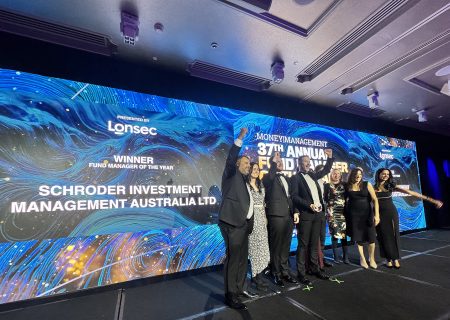
Portfolio Perspectives from the CIO Office: July 2025
Orderly slowing in the hard data justifies the eerie calm in markets. In this edition of Portfolio Perspectives, we hear from Nathan Lim CFA, Chief…
Portfolio Perspectives from the CIO Office: July 2025 Read More »





